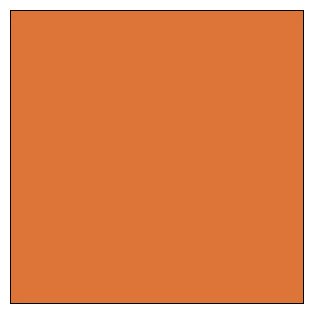Nor did I, and thanks. The biggest problem I'm having is finding an accurate color for Rio Grande "Aspen Gold." Tru-color's two offerings seem to be endpoints for what I consider myself to be "the" actual color, and it's a problem.
Well respected Rio Grande author Jim Eager has given some input for a custom color Micro-scale decal set, designed for application over a black color base, which seems to split the difference pretty well, although there are also the questions of color temperature (daylight) and how those translate to typical layout lighting...or don't translate very well. I don't think the LED color light from a cheapo paint booth is going to be a reliable standard, for example, unless I can measure it's temperature at least. Adjustable color balance lighting would be better, therefore. Researching it...wish me luck.
My own monitor, while top end and supposedly pretty accurate out-of-the-box, has not been calibrated for color, so I rely on it, too, with a degree of caution. That said, here are to two colors my monitor shows me, as provided by Trainz.com
TCP 045, the spray color:
This is a Tru-Color 045 Railroad Color Acrylic Paint - Rio Grande Aspen Gold (1oz Bottle).Condition: Factory NewOperational Status: FunctionalOriginal Box: YesManufacturer: Tru-ColorModel Number: 045MSRP: $7.19Category 1: Maintenance & SuppliesCategory 2: PaintThe Trainz SKU for this item is...

www.trainz.com
Then the same source, same color, but the brushable version:
https://www.trainz.com/products/tru-color-845-brushable-paint-flat-rio-grande-aspen-gold-1-oz-bottle
Quite a big difference there, at least to my eye.
Now one difference is that the second color is "flat," while the first one is less clear on the subject, so that's going to be part of it. A lot of the rest will be the base color the paint is designed to cover over, and in the case of the Rio Grande, the base color of locomotives is generally black. The base color of a raw surface, however, is often recommended as "grey," as for re-painting a new F unit (my particular problem at the moment).
Fortunately, the original DuPont color chip is at least known, though even a single chip may be hard to find. But museums can be your friend too. The Colorado Railroad Museum, in my case, and another in Utah. And occasional preserved display, etc.
Further updates as events warrant, and "film at eleven." Wish me luck.


